Blog post by Jenny Johnson: Kitchen Ventilation is the branch of ventilation specialising in the treatment of air from kitchens. It addresses the problems of grease, smoke, and odours not found in most other ventilation systems. The system’s fan may be located in the kitchen or in its ductsHaving cooked in several kitchens over the years, you learn to appreciate a great ventilation system, one that is not as noisy as a jet engine, that prevents your cooking smells from going right through the house and into your neighbors’ and is easy to keep clean.
Prices vary as do the units, there are some great new units emerging from overseas, taking Australia by storm – that have turned the entire concept of kitchen ventilation on its head. Read on to find out more……
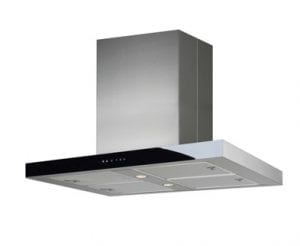
Requirements;
An adequate kitchen ventilation system should:
- Remove cooking fumes at the source, i.e. as close as possible to the cooking equipment.
- Remove excess hot air and introduce cool clean air, maintaining a comfortable environment. Inadequate ventilation can cause stress, contributing to unsafe working conditions.
- Ensure that air movement in the kitchen does not cause discomfort.
- Provide sufficient air for complete combustion at fired appliances, and prevent the risk of carbon monoxide accumulation.
- Be easy to clean so that fat residues do not accumulate and block air inlets, leading to loss of efficiency and increasing fire risk.
- Be quiet and vibration-free.

Hot air from cooking is usually vented externally through a chimney system. When this is not possible, recirculating exhaust systems are used that clean the air and direct it back into the kitchen.
Another consideration is the type of cooktop you select will determine how strong your exhaust system needs to be. Induction cooking requires a stronger motor as it doesn’t generate as much heat, meaning the fan needs to work harder to extract the cooking fumes.
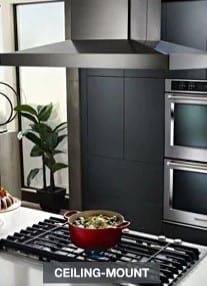
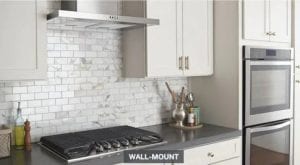
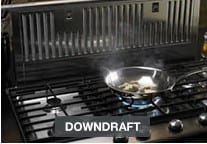

The Bora System can be adapted to suit any environment. They are not the cheapest unit on the market, but in my opinion, they are one of the best. I wish I knew what I know now before I installed my range hood.
Bora’s products are optimised to meet the demands of modern kitchen planning. Bora is an all in one cooktop/exhaust system. You can create a combination of gas, induction and stainless steel tepanyaki style grill plate, along-side 3 varying grades of exhaust units.
This system is particularly good if you don’t have room for an overhead unit, or if you are installing a cooktop onto an island bench and desire a more streamlined effect.
See the videos below for more information
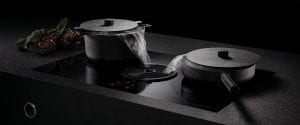
The power or air movement for range hoods is measured in CFM (cubic feet per minute). If you do a lot of heavy cooking that involves steam or strong odors, get a range hood with at least 350 CFM. For high-output gas ranges or cook-tops, the minimum rate of 1 CFM of ventilation per 100 BTU (British thermal units) is recommended. For example, if your burner output is 45,000 BTUs, look for a range hood that provides 450 CFM to best clear the air. However, the higher the CFM the louder the hood will sound.
Range Hood Sound levels
The sound that a range hood makes is measured in sones. One sone is roughly equal to the sound of a refrigerator running. Normal conversations take place at about 4 sones and light traffic rates up to around 8. Use sones to compare units, but be aware that the higher the range hood’s CFM, the higher its sone rating is likely to be. Look for sone ratings to find the quietest hood at normal operation levels.

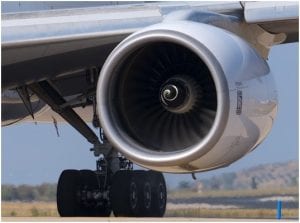
Acknowledgments to Wikipedia & Lowes for the use of some of their content

